Here are my final photos for the street photography unit:

I think that this image is really strong in its imagery – the abstract sculptures of the people having a fun conversation contrast with the security guard, who walks by unseen. There are stars on the roof and sunlight streaming down from the sky, and the image is full of life and beauty, and yet the ones who help protect and maintain this beauty are often unappreciated. This image was originally larger, but I decided to crop it down so that there is a clearer focus on the statues and the security officer. I think this helps the theme come across more clearly, as well as making the message feel more powerful.

I think that there is something special about the fact that a statue of a dog has been petted so many times that its head has turned gold. It shows the love that people have for each other and the animals around them, and that love leaves its mark on us even after the people who loved us have passed. A child’s hand reaches out to pet the dog, the newest person to join the long chain of giving love and affection – and even if the contact is only for a few brief moments, over time the dull bronze of a statue can be turned into a polished shine through the brief touches of thousands of hands. I think the close-up shot works really well, because not only does it let us focus on the dog and all the details of how years of love had changed its surface, I think it also makes it feel as if we are seeing the photo from the perspective of the dog. The dog may not know exactly who this child is, the dog may not remember this exact moment years from now, but the dog will remember the brief kindness of thousands of strangers, and the impact they had on it. “To be loved is to be changed.”

This image shows a bunch of Waimai delivery people chilling outside of a tea shop. I think the colors work really well in this photo, with the various blues and yellows complementing each other (color theory!) and then the whites as a neutral tone. The simple color scheme makes this image feel very simple as well, far from the busy and lively combinations of color in some other images – just like taking a well-deserved break from work while you wait to pick up your next delivery. The three Waimai delivery people stand out against the background as well in their vibrant uniforms, which makes it clear that they are the focus of the image.

This image is energetic and fun, but also warm and comforting. It is an afternoon spent with your loved ones, goofing around and laughing. The warm tones of this image make it feel cozier, and the head of one of the people running is in one of the rule of third intersections while the other is clearly silhouetted against the brighter background, making it very clear that they are the subject of the photograph. The photo captures them in the middle of a motion as if it is a snapshot of a memory. Overall, I think that this image conveys a lot of positive emotion.

This image has a really nice composition, with the baby lining up with the colorful decoration board. It almost looks as if the parent is guiding the child through a beautiful wonderland of imagination, and I think that this image evokes childlike wonder and parental warmth at the same time. The image is largely made up of cheerful yellows and oranges, which stand out nicely against the dark green of the background. I tried zooming in on the people to see if it will make the image more compelling (like the photo of the security guard and the abstract statues), but instead I found that it works better with the wider viewpoint and context. There was also a little bit of fishing involved in this photo, as I had to take a bunch of photos before they reached the right spot on the board.

This image is once again of a mundane moment of warmth. Despite the image largely being in shadow, the two people stand out due to their bright colors (the inside of the car, the handbag, their clothing), and the way these colors contrast with the darker colors around them. The colors are very nice and vibrant but still being calm enough to not be overwhelming, and I think this is just a nice image in general. However, I think it may be my least favorite one out of the bunch, just because it has a lot of overlapping concepts from the other photos and doesn’t add much to the set on its own. It has the meaning of time spent with friends and family, but so does three other photos, which in my opinion all express the theme much better (especially the orange and yellow one with the parent and child). It speaks of sunlight, but so does the photo of the people running and the security guards. It just doesn’t feel particularly focused in a good way, and although it has a focus it isn’t as emotionally or thought-compelling than the other photos.

This image is interesting because it shows a bunch of people walking side by side, all wearing different uniforms. I think that this image shows that no matter the differences that separate us (like what jobs we have) we are all people at the end of the day. I like how vibrant the colors are and how the different uniforms really stand out against the light background, as it places a focus on the people. I also find the back lighting to be really fitting, as it makes the people feel like superheroes walking towards the camera, dramatic lighting and all – which shows the importance of the people who work hard day and night to keep our society running.

I like this image because it is so bright and vibrant and there is just a singular bee in the middle of a bunch of plants. As far as “unseen and underappreciated” goes, I think nature is definitely pretty high on the list. How many bees does a person see on average throughout their lifetime? Thousands, probably. Thousands of tiny little bees who look almost exactly the same to the average person, buzzing around that one patch of flowers you’ve walked past millions of times already. Which is why I think it’s even more special that this image captures this one specific bee, with the intention of capturing this one specific bee. I actually used the fishing technique for this image, and I just followed this bee and continued to zoom in on this one specific bee until I got an image that I liked. I think it’s very interesting when the process that goes into creating a photo ends up adding to its meaning, and I think this is definitely one of those cases.

This image could have many subjects: the most noticeable one is the parent and the child crossing the road, but the audience could also choose to look at the two people on a bike, or the people walking in the background, or the person standing still amongst all the action surrounding them. What I like about this image is that it shows many different lives intersecting in this one moment, but it isn’t crowded or overwhelming at all. It is just complex enough to show the different lives of the different people around us, but simple enough to still be easy to follow along.

This photo is unique because it is the only black-and-white image out of the set. The image is black-and-white to accentuate the different faces on the wall, as the image was too distracting from the message when there was still color. There is something powerful about seeing dozens of faces behind the singular public service worker, the thousands of people who will likely never see or notice the worker, but are directly impacted by the actions of the worker. The monochrome colors adds an element of abstraction that helps the messages come across more poignantly, and I think that although it doesn’t look like much at first glance, upon a closer inspection it turns out to be much more meaningful that it appears – just like the people we walk past every day.

This image is another one related to nature – I wanted to capture the majestic birds in flight, but also the beauty of these ordinary pigeons. I wanted to capture the sense of wonder when you stand amongst a flock of birds that spontaneously take flight, no matter how small, common, or insignificant the birds seem. I like how the blue of the sky reflected in the glass stands out amongst the other colors, which are either dulled (like the oranges) or mostly covered by shadows or light (like the greens). It really accentuates the birds, whose white feathers contrast against the other colors.

This photo is by far the closest we have gotten to a person’s face, capturing a candid smile from a security officer. This is one of the photos where I asked someone to take their photo, and I think it worked out really well. The security officer stands out against the background with the dark uniform and warm colors compared to the mass of green in the trees, helped by adjusting the focus to blur the background. This close-up shot of the security guard creates a connection with the audience, and maybe it will lead them to notice and appreciate the people who are often taken for granted.
Overall, I think these images – especially when put together – create a powerful narrative that shows the people and moments that we see but never truly notice, the moments that maybe we should start appreciating more. Family, friends, social workers, nature: The Ones We Pass By.
*(title drop sound effect)*




















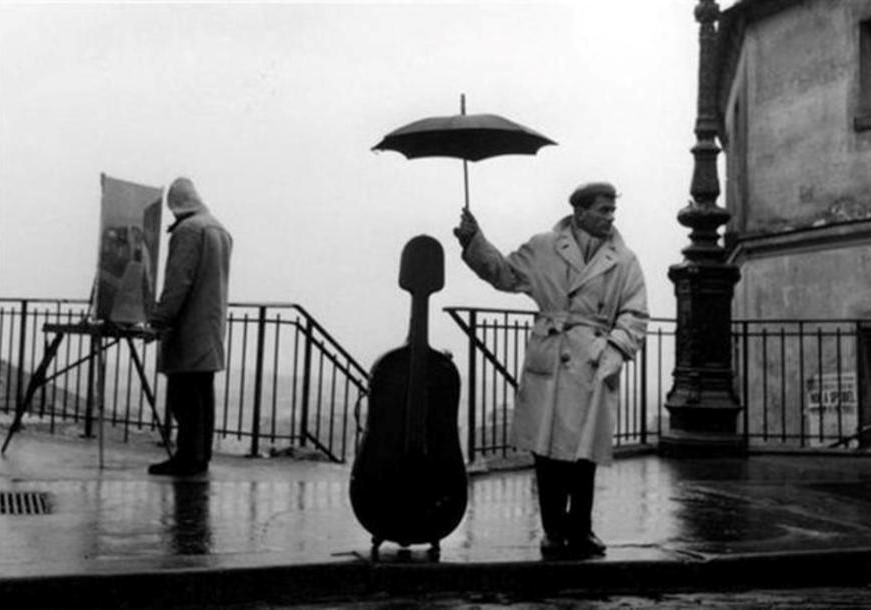
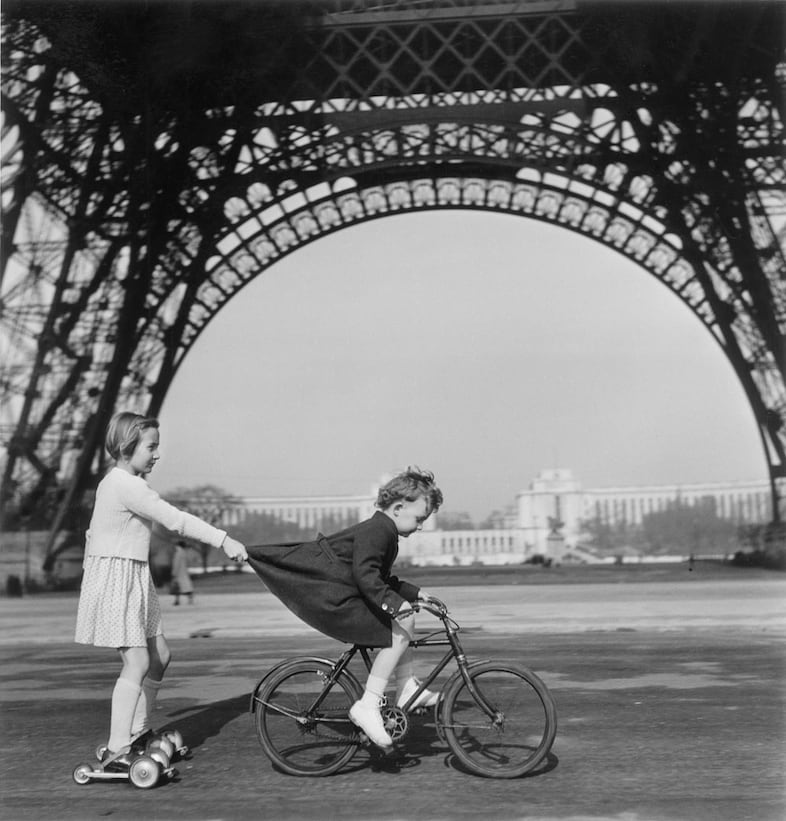

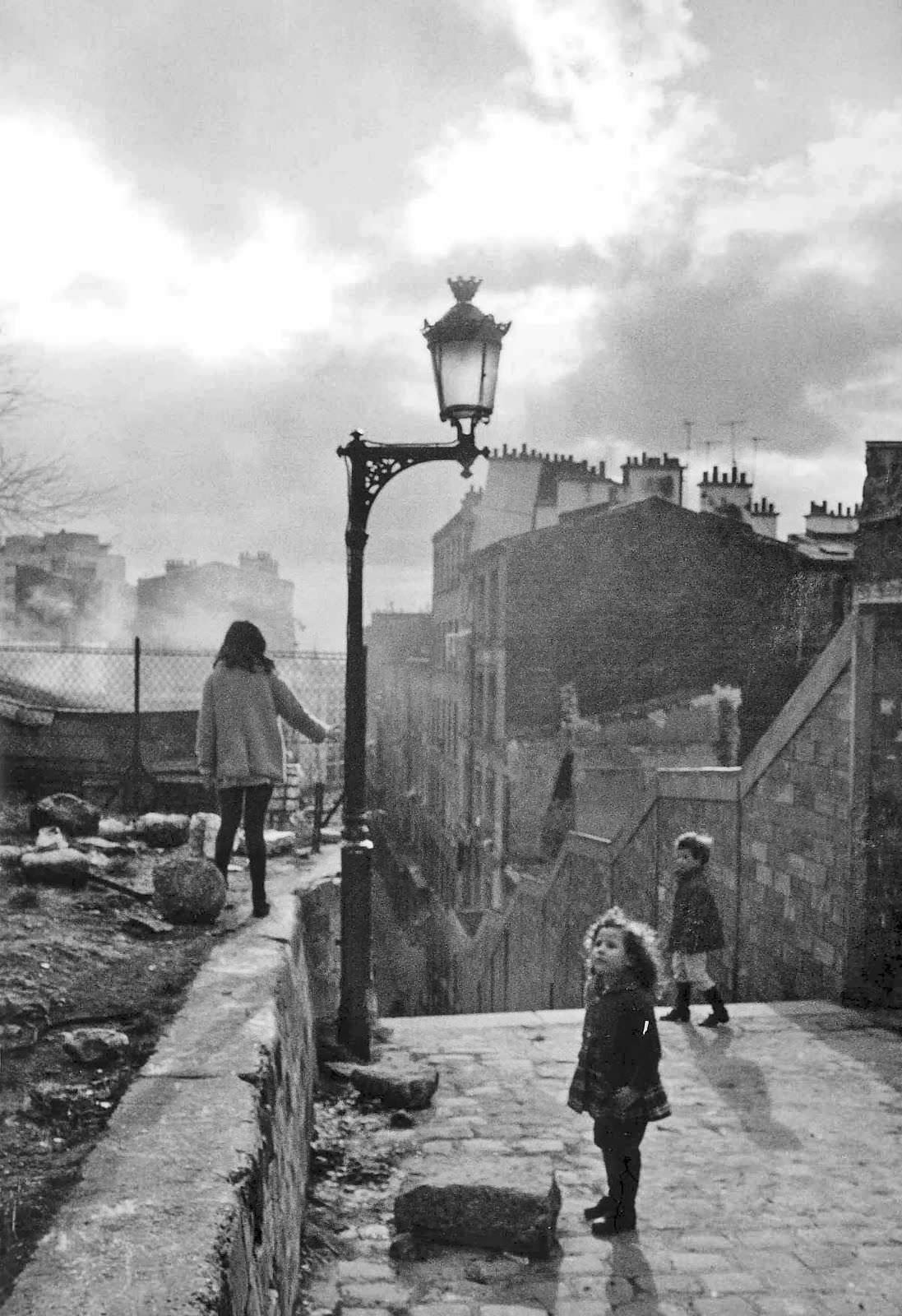

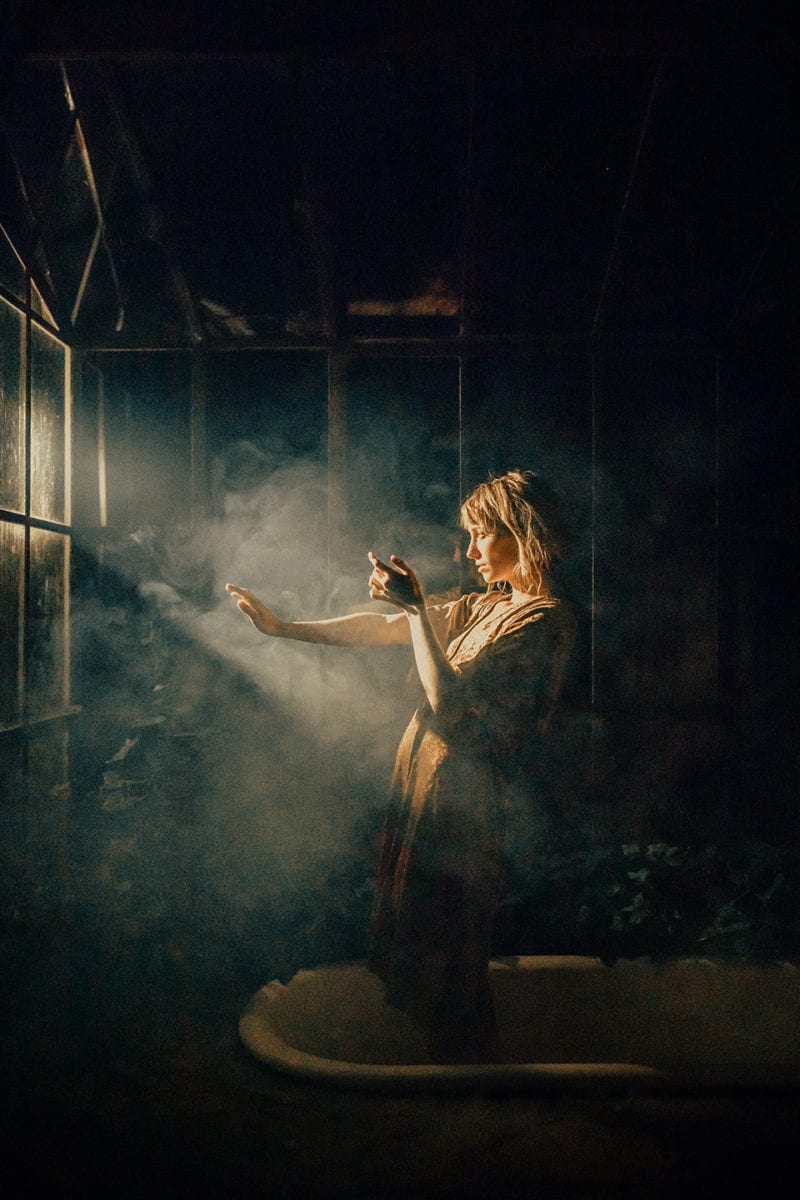
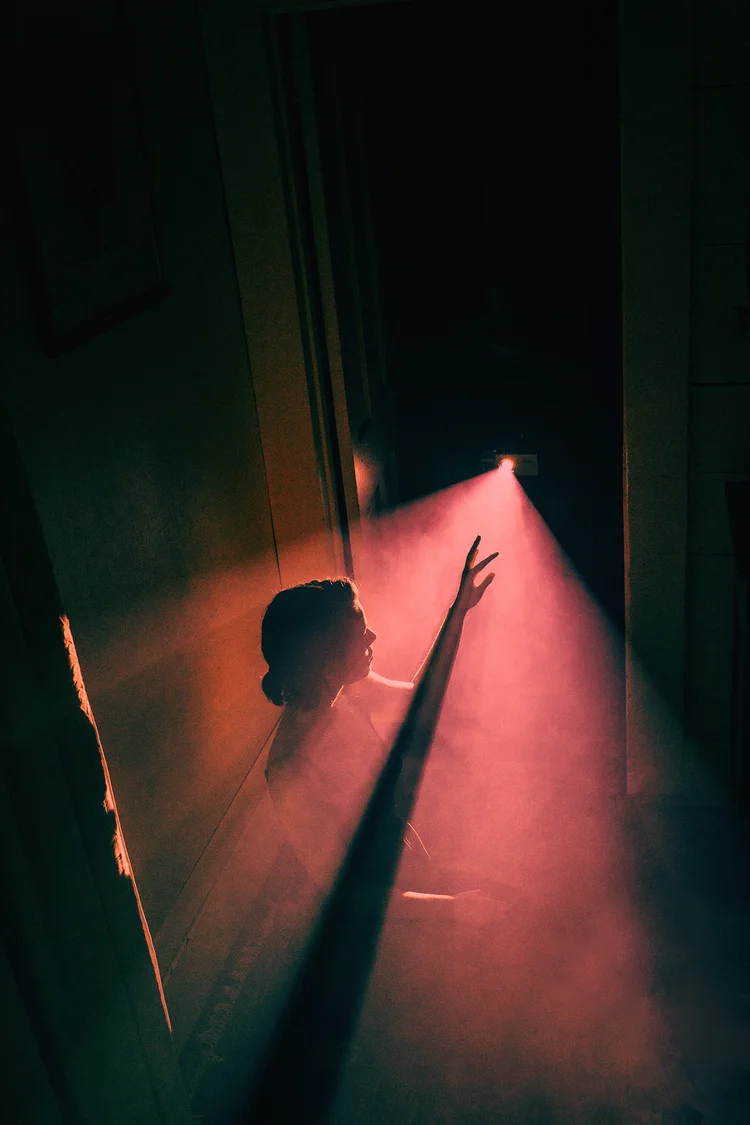

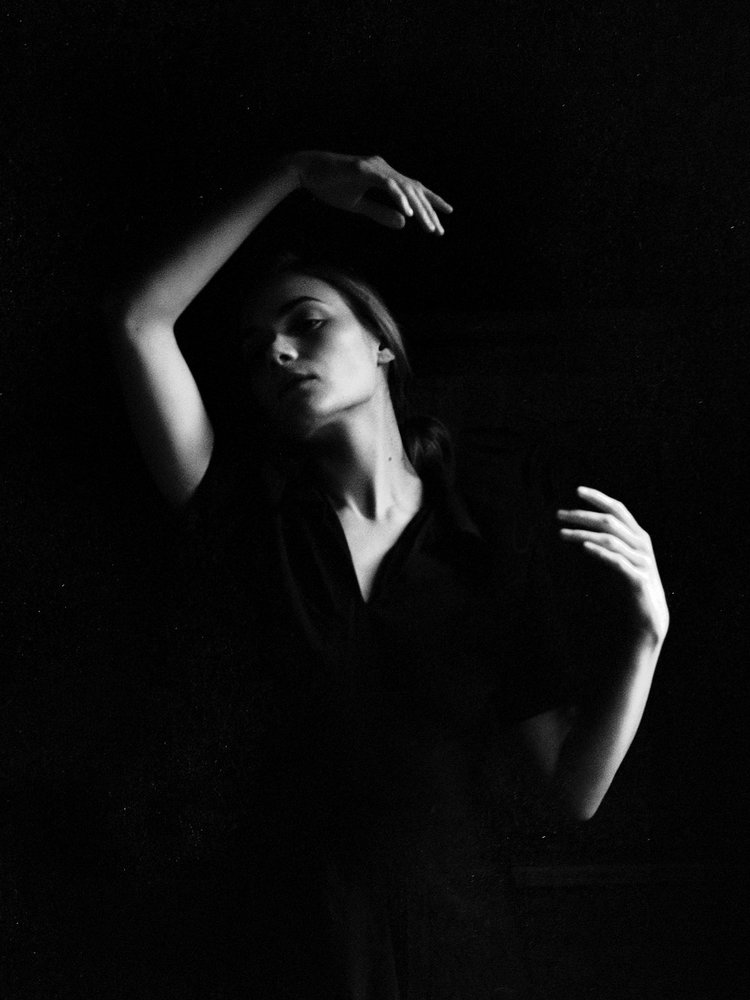
Recent Comments